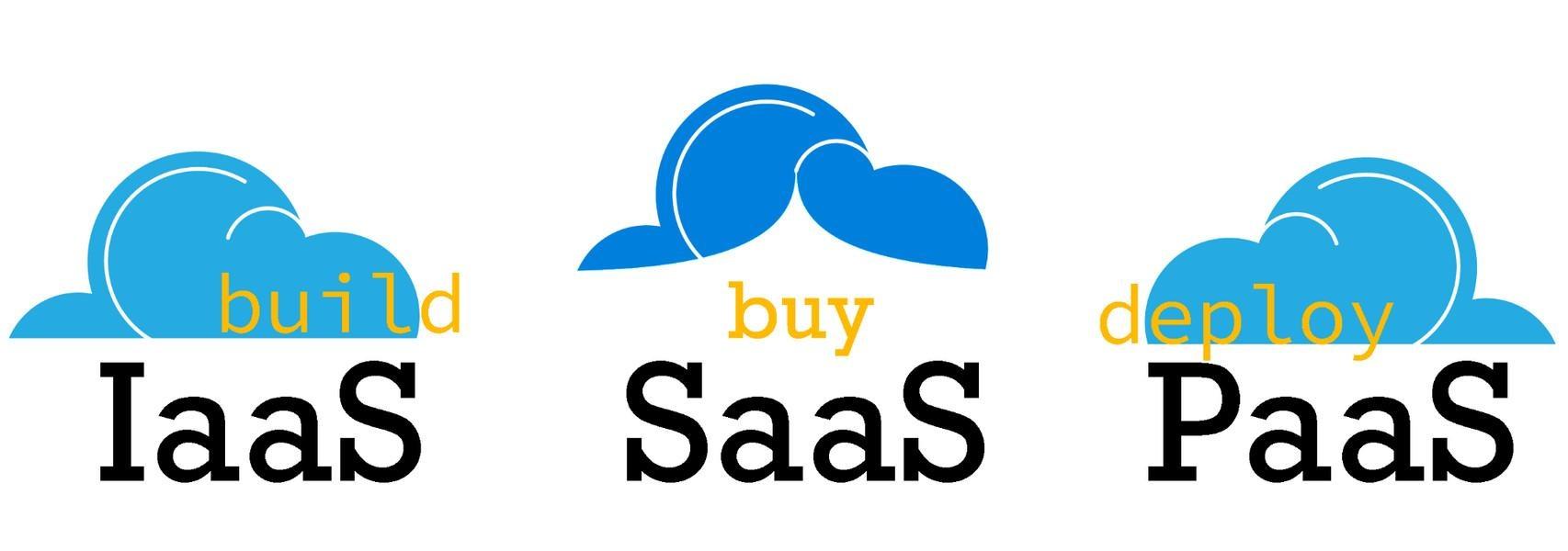
What is SaaS, IaaS, and PaaS?
Cloud Computing has changed the way business is being done in the last decade. Every company has either moved or preparing itself to move to cloud. Even some of the biggest giants like SAP is focused on offering services on Cloud, Hana cloud Platform (HCP) is going to see a lot of change in 2018.
The concept of cloud is very luring and companies want to make the most of it. The new idea of hybrid and multi-cloud deployment is really fascinating and is catching a lot of eyes owing to its popularity. Therefore, making the right choice of a cloud is a big concern for any business.
For any business, when one looks at the migrating options, the big dilemma of which “as a service” offering to use occurs. For any company, it becomes very important to understand the gist of SaaS (Software as a Service), IaaS (Infrastructure as a Service) and PaaS (Platform as a Service), to make the best decision for the business.

SaaS – Software as a Service
This is the most popular form of migration to the cloud. The software is hosted on a remote server and is accessible 24*7 via a web browser and the application is centrally managed. Its biggest advantage is the fact that the user need not worry about the software update, hardware or the patches as any integration with the 3rd party application is done via API’s.
It is most suited for:
- Start-Ups that want to go onboard with their e-commerce site at the earliest with no worries about the software updates or server configuration
- Applications that require both Web and Mobile access like CRM and Sales Management software
- Companies looking to utilize traditional business solutions like ERP, CRM, Ticketing solutions
- SME's without small IT teams wanting to utilize technology solutions
The biggest advantage of SaaS application is that it helps reduce the cost of ownership ( TCO ) by discarding the need for staff to handle the installation, upgrade and other maintenance tasks.
High-quality Scalable SaaS application development comes with good security & resiliency. This is a major plus point for businesses as the service provider takes care of all these aspects.
Applications like SalesForce, Google Apps, GoToMeeting, Dropbox work on the SaaS model.
PaaS – Platform as a Service
This service is in many ways similar to that of SaaS except for the fact that instead of delivering the software over the web, a platform is provided for the creation of the software being developed. The developers have to just work on the software with no worries about the OS, updates, upgrades and other infrastructural issues.
It is most suited for:
- Applications where multiple users can work simultaneously on application development
- Companies that follow Agile Methodology for Application development as PaaS discards the difficulties associated with iteration and rapid development of application
- Organizations that require customized applications for different uses
- Applications where external parties are also involved in the development process
PaaS is built on top of virtualization technology, which provides flexibility, scale-up and customization opportunities for any application.
Applications that work on PaaS include Heroku, Red Hat’s OpenShift, Google App Engine.
IaaS – Infrastructure as a Service
This comprises of highly scalable and automated resources that deliver the entire cloud infrastructure which includes servers, network and operating system on demand. The company has full control over their infrastructure with an unlimited scaling option. The key use of IaaS is the actual development and deployment of PaaS, SaaS, and web-scale applications.
It is most suited for:
- Companies who need to full control and authority over the applications
- Start-Ups and small businesses who do not want to spend time and money on procuring hardware and software
- Applications that expect volatile demands as IaaS provides the perfect scaling-up features
- Companies who want to see their application perform over the time and then speed up its deployment
- Companies who want strict public cloud migration
IaaS is thus the most flexible of all. The IaaS architecture works to achieve the optimal level of efficiency in the delivery of computing services to end users. Some of the Iaas providers are Amazon Web Service (AWS), Microsoft Azure, Google Cloud.
Trending
-
1 How Does SaaS Differ From IaaS And PaaS?
Fabrice Beaux -
2 Single Page Applications vs Multi-Page Applications
Fabrice Beaux -
3 Top 7 Effective Strategies for Multi-Language Website Development
Fabrice Beaux -
4 Boost Engagement to Infinity and Beyond: Unleashing AI-Driven Support
Anas Bouargane -
5 The Cheapest And Most Beautiful Stickers in CS2
Daniel Hall





Comments